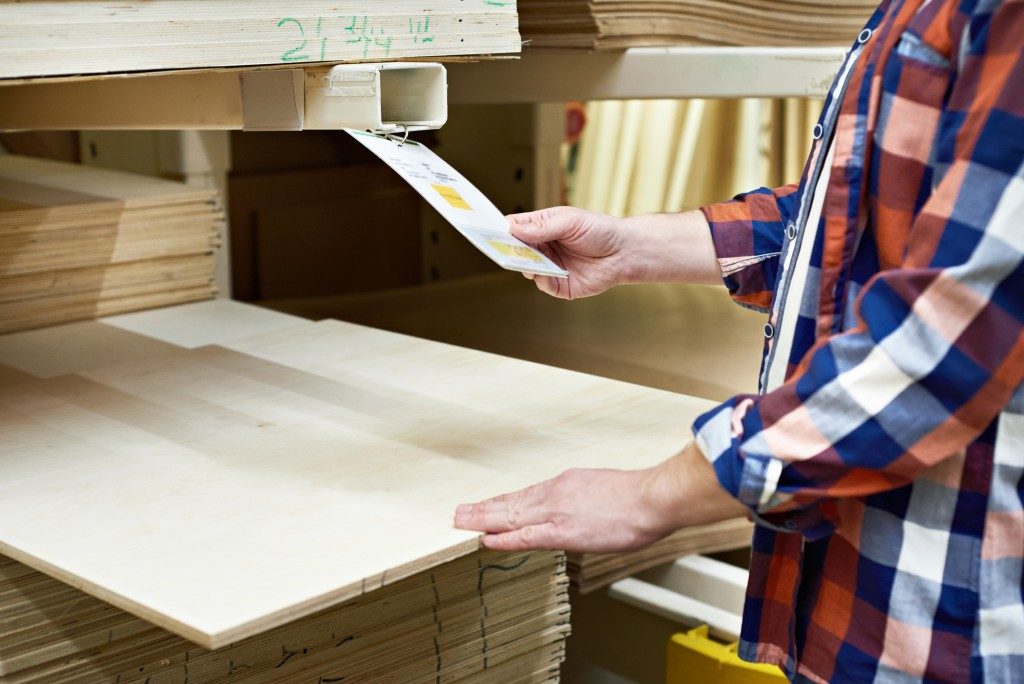Plywood isn’t just a cheap and durable material to build walls and ceilings. Combining organic textures with regular shapes, plywood is an excellent material for interior wall coverings and building accents, making it a terrific addition to any modern interior.
Lightweight and flexible, plywood makes a very attractive veneer for interior walls not only due to its immense design potential but also for its appealing organic texture and warm earth tones. This type of veneer makes an excellent material for walls for homes with a modern aesthetic as a way of breaking up the uniformity of the geometric aesthetic without veering away from it; the unique patterns of the wood complement the rectilinear shape of the individual panels.
Plywood remains one of the most commonly used types of interior wooden wall covering, owing in no small part to its design versatility; it can be used to bring all sorts of interiors to life whether by itself or in tandem with other wall and floor coverings.
Moreover, plywood is easily customizable. The flexible boards can be cut and stained to the appropriate appearance and shape and be tailored to fit the interiors of a converted space with ease. A durable material, plywood can also be used to form other elements in the room besides the walls; thus making it an ideal structural component and a decorative flourish.

Substance
There are two major types of plywood available in the market. Moisture resistant plywood is the standard type of plywood available in the market and is the type usually found in most interior wall treatments. This type of plywood, however, is not graded to withstand constant water exposure and will decay quickly if used in places like a bathroom or kitchen.
For these locations, the better bet is boiling water-resistant plywood (or marine plywood). Made to resist constant water exposure such as the decks of ships, marine plywood is an excellent water-resistant material that can resist rotting in a high moisture environment.
Plywood is versatile enough that sections of it can be turned into wall dividers, floor platforms, kitchen cabinets and counters, and wall shelves and alcoves, combining utility seamlessly with aesthetics.

Aesthetic
Plywood for interior design is often an element of modernist-inspired aesthetics, where it is usually a highlight of the form follows function paradigm. Most types of plywood used as wall cladding usually have a veneer reminiscent of solid hardwood panels, which brings out the richness of similar hardwood panels without incurring the same hefty price tag.
Even regular plywood, bereft of any type of veneer as other types of engineered wood, still has a distinctive warm colour and wood grain that lends a unique je ne sais quoi that contrasts well with cold, utilitarian surface textures like concrete. In industrial-inspired aesthetics like lofts, this can quickly become an appealing combination of colour and texture.
Plywood can work both as an accent flourish or as a recurring theme. Modern interior styles, for instance, would benefit from an interior dominated by plywood walls and structural elements, which can give the interior an unpretentious and laid back look that still remains stylish and aesthetically unified.
Meanwhile, plywood with hardwood veneers can be used in tandem with painted walls as accents. Everything from stair steps, cabinets, furniture, and alcoves can be made to contrast against a white or solid-coloured background. It can even be incorporated into an accent wall meant to contrast against the rest of the room.

